How do I plan a small bathroom?
Monday 13 March 2023
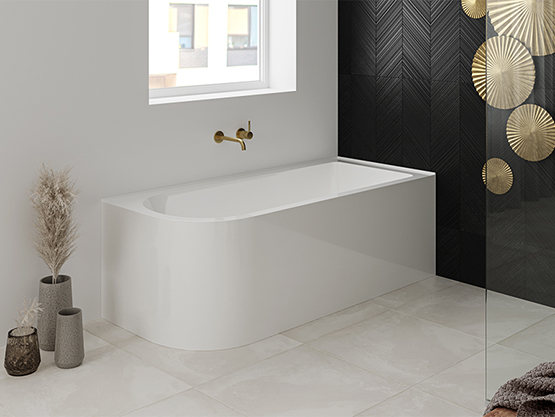
Small bathrooms can be a design challenge, but with careful planning and attention to detail, they can be transformed into functional and stylish spaces. In this blog post, we will provide tips on how to plan a small bathroom, including layout, furniture placement, colour choices, and flooring.
How do you plan a small bathroom layout?
The first step in planning a small bathroom is to determine the best layout. The layout of a small bathroom is crucial in maximising space and ensuring that all necessary fixtures and fittings are included.
The most common layout for a small bathroom is the “three-quarters” layout, which includes a toilet, sink, and shower or bathtub. This layout is ideal for small spaces, as it is compact and efficient. Another popular layout for a small bathroom is the “en suite” layout, which includes a shower or bathtub, toilet, and sink in a single room. This layout is ideal for a bedroom with limited space.
When planning the layout of a small bathroom, it is important to consider the placement of the fixtures. For example, placing the toilet next to the shower or bathtub can save space and create a more functional layout. Similarly, placing the sink in a corner can also help to maximise space.
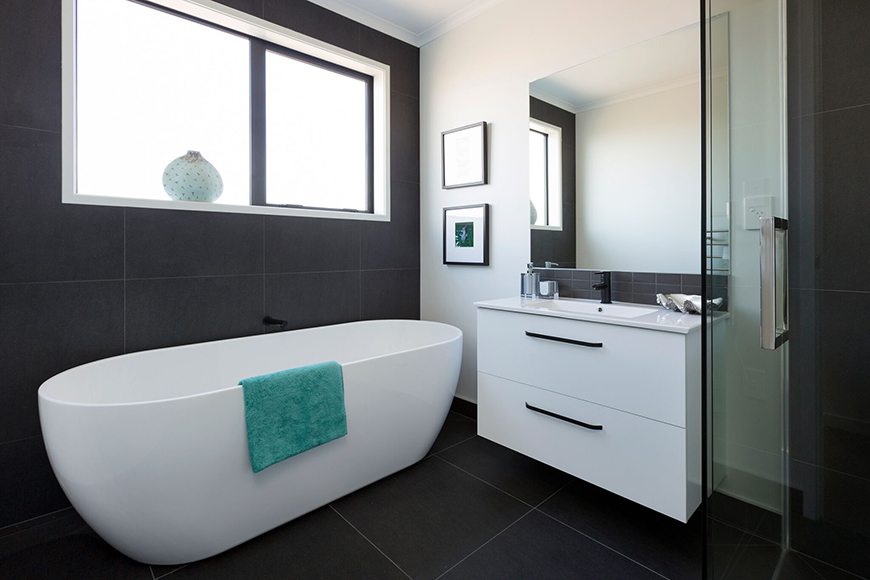
Where should each piece of furniture be placed in a small bathroom?
In a small bathroom, every inch of space is valuable, so it is important to carefully consider the placement of each piece of furniture. The following are some tips for placing furniture in a small bathroom:
- Toilet: The toilet should be placed in a corner or against a wall to maximise space. If possible, the toilet should be positioned so that the door can swing open without hitting it.
- Sink: The sink should be placed in a corner or against a wall to maximise space. If the bathroom is particularly small, consider installing a pedestal sink or a wall-mounted sink, which can save space and create a more streamlined look.
- Shower or bathtub: The shower or bathtub should be placed against a wall, and the door or curtain should open outward to maximise space. If possible, choose a compact shower or bathtub that is designed for small spaces.
- Storage: Storage is essential in a small bathroom, but it can be tricky to incorporate, especially with limited floor space. Consider installing shelves or cabinets above the toilet or sink or installing a vanity with built-in storage. If space is particularly limited, consider using a storage cart or basket.
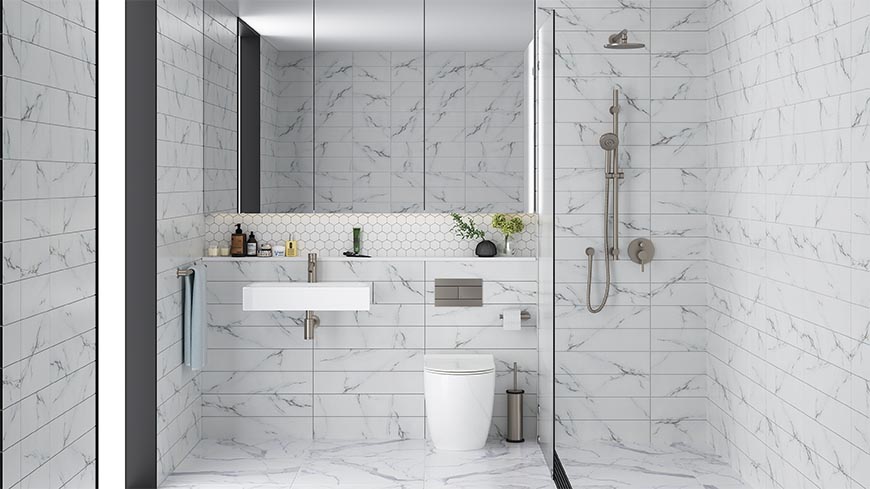
What not to do in a small bathroom
When designing a small bathroom, there are several common mistakes that should be avoided. The following are some things not to do in a small bathroom:
Don’t overcrowd the space
A small bathroom can quickly feel cramped and claustrophobic if it is overcrowded. Avoid installing too many fixtures or pieces of furniture and keep the decor simple and streamlined.
Don’t skimp on storage
Storage is essential in a small bathroom, so don’t skimp on it. Incorporate shelves, cabinets, or a vanity with built-in storage to keep the space organised and clutter-free.
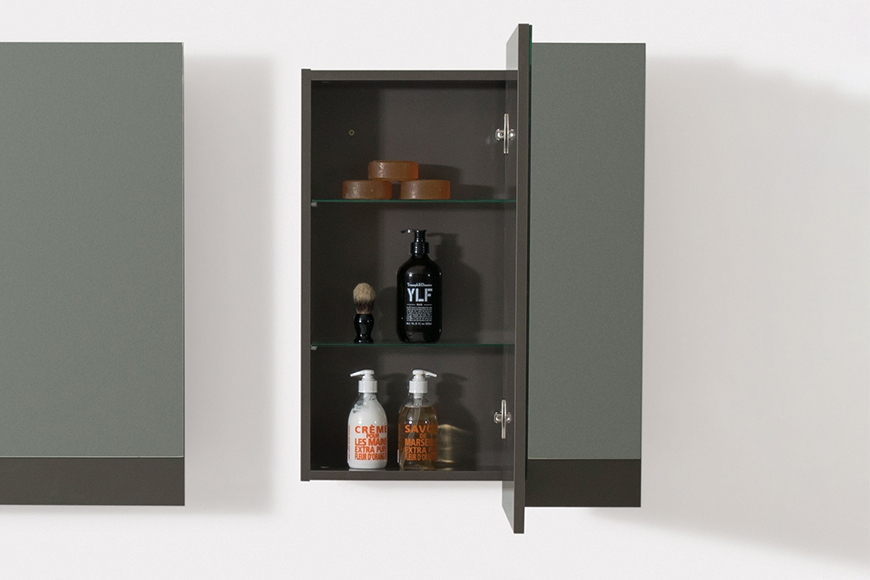
Don’t choose large fixtures
In a small bathroom, it is important to choose fixtures that are appropriately sized for the space. Avoid choosing large fixtures, such as a bathtub or vanity, that will overwhelm the space.
Don’t neglect lighting
Lighting is crucial in a small bathroom, as it can make the space feel larger and more open. Choose bright, efficient lighting fixtures, and consider installing a large mirror to reflect natural light and create the illusion of more space.
What colours work best in a small bathroom?
Colour is an important consideration when designing a small bathroom. The right colour palette can make the space feel larger, brighter, and more open. The following are some colours that work well in a small bathroom:
Light neutrals: Light neutrals, such as white, beige, and grey, are classic choices for small bathrooms, as they create a clean and bright look that can make the space feel larger. These colours also pair well with a variety of accent colours and materials.
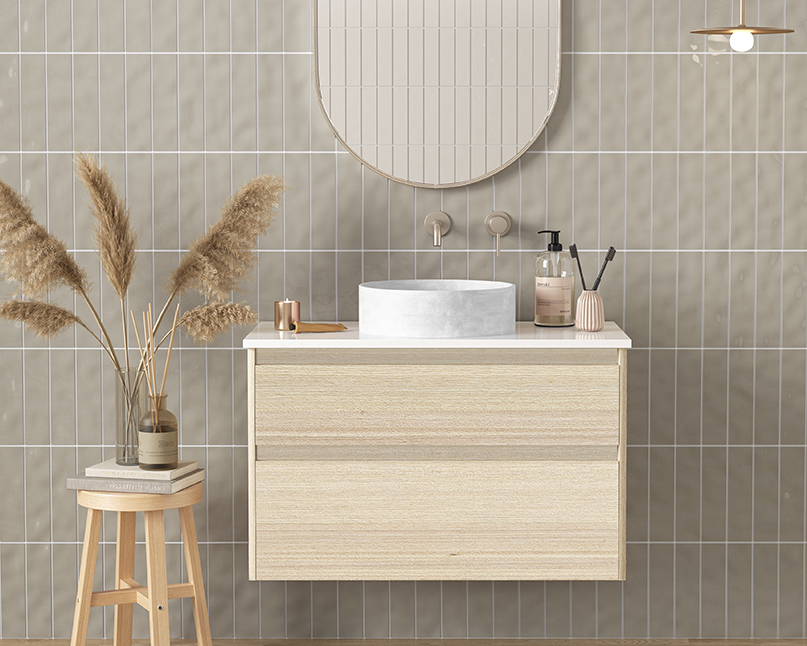
Soft pastels: Soft pastels, such as pale pink, lavender, and blue, can create a calming and serene atmosphere in a small bathroom. These colours can add a pop of colour without overwhelming the space, and can work well with natural materials such as wood or stone.
Bold accents: While neutral colours are often the safest choice for a small bathroom, bold accents can add personality and interest to the space. Consider adding a bold accent wall or colourful accessories to add visual interest and depth to the room.
What colours make a small bathroom look bigger?
Certain colours can create the illusion of more space in a small bathroom. The following are some colours that can make a small bathroom look bigger:
- White: White is a classic choice for small bathrooms, as it can make the space feel brighter and more open. White walls, floors, and fixtures can create a clean and streamlined look that can make the space feel larger.
- Light blues and greens: Light blues and greens can create a sense of calm and relaxation in a small bathroom. These colours can also create the illusion of more space, as they reflect light and create a sense of depth.
- Grey: Grey is a versatile colour that can create a sophisticated and elegant look in a small bathroom. Lighter shades of grey can create a clean and modern look, while darker shades can add depth and dimension to the space.
What kind of flooring is best for small bathrooms?
Choosing the right flooring for a small bathroom is essential, as it can impact the look, feel, and functionality of the space. The following are some flooring options that work well in small bathrooms:
Ceramic or porcelain tile: Ceramic or porcelain tile is a durable and waterproof flooring option that works well in small bathrooms. It is easy to clean and can create a clean and streamlined look.
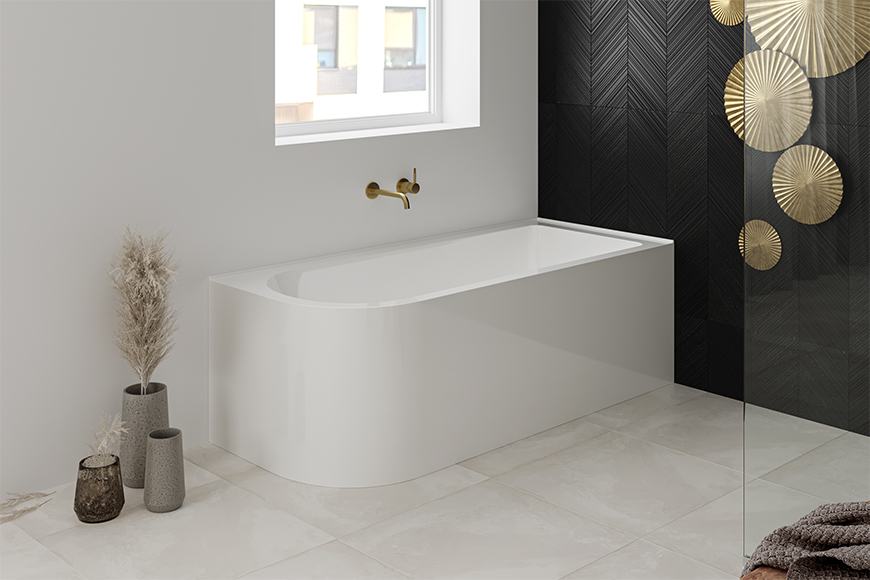
Vinyl: Vinyl flooring is an affordable and low-maintenance option for small bathrooms. It comes in a variety of colours and patterns, and can mimic the look of more expensive materials such as wood or stone.
Natural stone: Natural stone, such as marble or granite, can create a luxurious and elegant look in a small bathroom. However, it is important to note that natural stone can be expensive and may require more maintenance than other flooring options.
How do you design a small bathroom on a budget?
Designing a small bathroom on a budget can be a challenge, but with some smart planning and creativity, it is possible to create a functional and stylish space without breaking the bank. The following are some tips for designing a small bathroom on a budget:
- Prioritise essential elements: When designing a small bathroom on a budget, it is important to prioritise the essential elements first. This includes items such as the toilet, sink, and shower or tub. Choose simple and affordable fixtures that are functional and easy to maintain.
- Focus on layout: The layout of a small bathroom can have a big impact on the overall look and feel of the space. Consider rearranging the existing layout to create more space or improve the flow of the room. This may involve moving or removing walls, changing the placement of fixtures, or adding storage solutions.
- Opt for affordable materials: When it comes to materials, there are many affordable options that can look stylish and modern. For example, consider using vinyl flooring or ceramic tiles instead of expensive natural stone. Use paint or wallpaper to add colour and interest to the walls, or add a tile backsplash behind the sink for a stylish accent.
- DIY projects: DIY projects can be a great way to save money when designing a small bathroom. For example, consider repurposing an old piece of furniture as a vanity, or refinishing an old mirror for a custom look. Simple DIY projects can add a personal touch to the space while keeping costs down.
- Focus on storage: In a small bathroom, storage is key. Make use of vertical space by adding shelves or cabinets above the toilet or sink. Consider using baskets or containers to organise toiletries and towels. Look for affordable storage solutions, such as a repurposed ladder or crates.
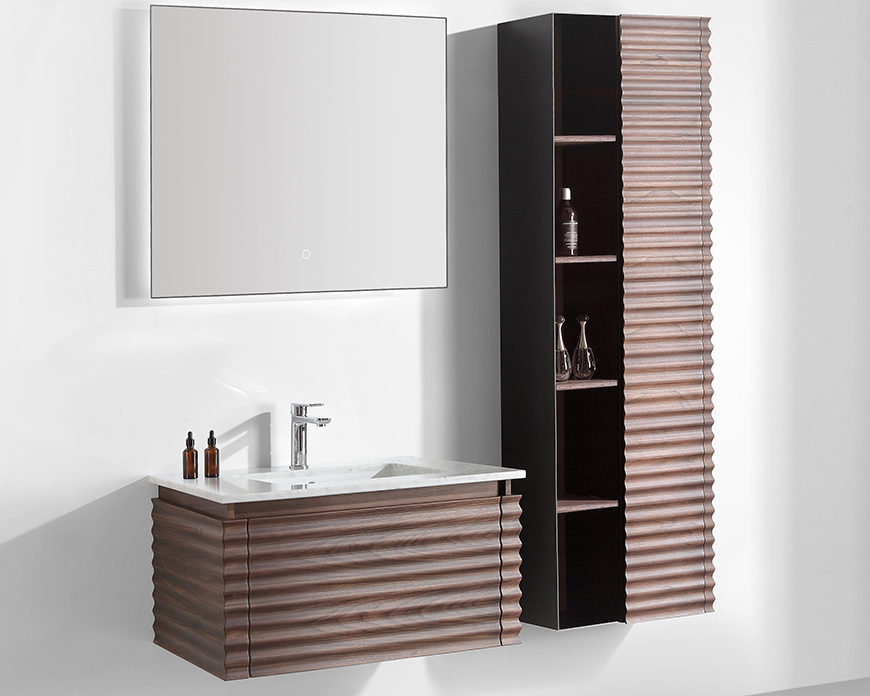
- Shop sales and clearance items: When purchasing fixtures and materials, look for sales and clearance items to save money. Shop at home improvement stores during holiday sales or clearance events or look for discounted items online. Be patient and keep an eye out for deals and discounts. Visit our Outlet Store to check out the latest deals on clearance stock.
Designing a small bathroom on a budget requires creativity, planning, and a bit of resourcefulness. By prioritising essential elements, focusing on layout, opting for affordable materials, using DIY projects, focusing on storage, and shopping sales and clearance items, it is possible to create a stylish and functional small bathroom without spending a fortune.
How much value does adding a small bathroom add to a home in New Zealand?
The amount of value a small bathroom can add to a home in New Zealand depends on various factors, including the locationand condition of the property, and the specific features and upgrades of the bathroom. However, according to recent studies, adding a second bathroom to a home can increase its value by anywhere from 5% to 10%.
It is important to note that this estimate is based on adding a full bathroom, which typically includes a toilet, sink, and shower or bath. Adding a half bathroom, which includes only a toilet and sink, may not have as significant an impact on the overall value of the home.
Other factors that can impact the value of a small bathroom include the quality of the fixtures and finishes, the functionality of the space, and the overall design and aesthetics. A well-designed and functional small bathroom with high-quality fixtures and finishes can add more value to a home than a poorly designed and outdated bathroom.
In addition to adding value to the home, a small bathroom can also increase its appeal to potential buyers. Many homebuyers today prioritise having at least two bathrooms in a home, making a small bathroom a desirable feature.
Overall, adding a small bathroom to a home in New Zealand can increase its value and appeal to potential buyers, making it a worthwhile investment for homeowners looking to increase their property value and improve their living space.
Summary
Planning a small bathroom can be a challenge, but with careful consideration of layout, furniture placement, colour choices, and flooring, it is possible to create a functional and stylish space. By avoiding common mistakes and incorporating smart design choices, a small bathroom can feel larger, brighter, and more open.